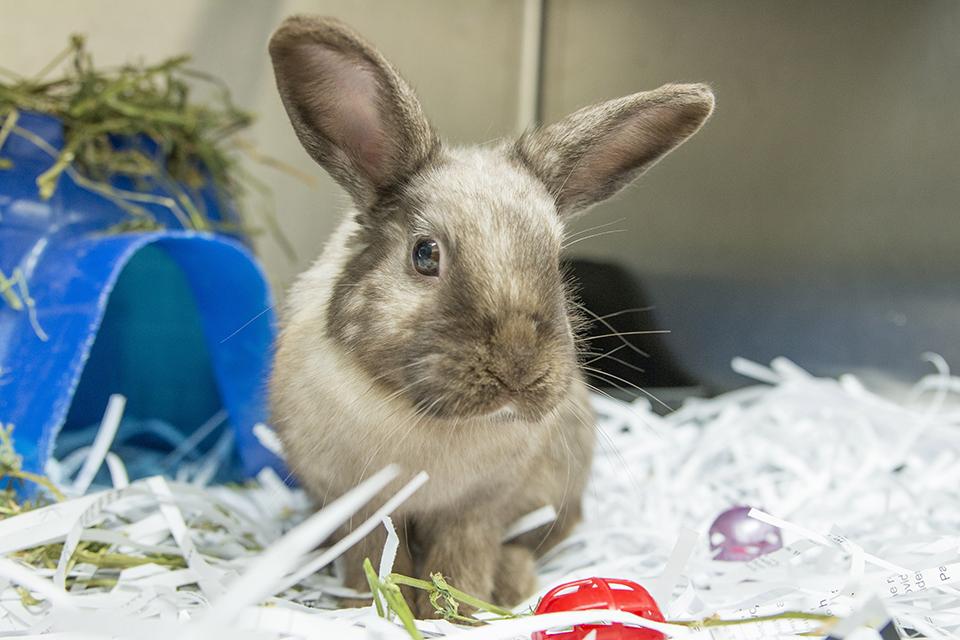Quick search
CTRL+K
Quick search
CTRL+K
Billy Morgan
As the seasons change, so do the needs of our furry friends. Pets are often considered part of the family, and their well-being should always be a priority. Winter and summer bring about different challenges, and adjusting your pet care routine for these seasons ensures they remain happy, healthy, and comfortable. In this post, we will discuss the best practices for preparing your pet for both winter and summer seasons.
Winter can be a harsh season for pets, particularly for those that are not accustomed to cold temperatures. Just like humans, pets can suffer from cold weather and may face health risks if not properly cared for. Below are some tips on how to prepare your pet for winter:
Ensure that your pet has a warm place to rest during the colder months. If your pet sleeps outdoors or has access to a backyard, consider providing them with a warm, insulated shelter. Ensure that the indoor space is free from drafts and well-heated. If your pet spends a lot of time indoors, create a cozy bed with blankets to keep them comfortable.
While pets need exercise and outdoor time, be mindful of the cold temperatures. Limit walks and outdoor playtime to shorter periods. If your dog enjoys walks during winter, ensure they are properly dressed with a pet jacket or sweater. Dogs with short coats or small breeds are particularly vulnerable to cold weather and should be protected with additional clothing.
Just like humans, pets are vulnerable to the dangers of frostbite and hypothermia. When out in freezing temperatures, watch for signs such as shivering, lethargy, or difficulty walking. Pay attention to their paws and ears, as they are the most susceptible to frostbite. Always wipe down their paws after walks to remove ice, snow, and any chemicals that could cause irritation.
In winter, pets can become dehydrated just as easily as they can in summer, especially if the air indoors is dry. Make sure your pet has access to fresh, clean water at all times. Additionally, keep an eye on their diet. Some pets may require more calories during the colder months to help maintain their body temperature. Check with your veterinarian to ensure your pet’s diet is balanced for the season.
Winter requires less frequent baths for most pets, as they will likely stay indoors more often. However, regular brushing is essential to maintain a healthy coat. For dogs with longer hair, ensure their fur doesn’t become matted, as this can reduce warmth and comfort. Make sure their nails are trimmed as well to prevent injury while walking on ice.

Summer can be just as challenging for pets as winter, especially for those who are not used to hot weather. To ensure your pet enjoys the summer months without any health risks, here are some tips on how to prepare:
In the summer, ensure that your pet has access to shaded areas when outside. The sun can cause overheating, dehydration, and heatstroke. If your pet enjoys the outdoors, provide a shaded space where they can rest and cool off. You can also invest in cooling mats or pet fans to help regulate their temperature indoors.
While summer is great for outdoor activities, it’s important to limit the time your pet spends in the heat of the day. Early mornings and late evenings are ideal times to take your dog for walks, as the temperature is cooler. Avoid midday walks when the ground is hot, as it can burn their paws. Keep outdoor play sessions brief to prevent overheating, especially for pets with thick coats or brachycephalic breeds (short-nosed dogs like Bulldogs and Pugs) that are prone to heat stress.
Dehydration can occur rapidly during hot weather. Always ensure your pet has access to fresh water, especially when they are outside. Bring a water bottle and bowl with you during walks and outdoor activities. Pets that are constantly running around in the heat need to drink more water, so it’s essential to encourage them to stay hydrated throughout the day.
Heatstroke is a serious condition that can affect pets during the summer. Signs of heatstroke in pets include excessive panting, drooling, weakness, vomiting, diarrhea, and confusion. If your pet shows any of these symptoms, immediately move them to a cool area and provide water. If symptoms persist, contact your vet immediately.
For many pets, summer grooming is essential. Dogs with thick coats should be trimmed to keep them cool, but never shave their fur completely, as it provides protection from the sun. Cats with longer coats also benefit from regular brushing to prevent matting and keep their coats breathable. Additionally, ensure that your pet’s paws are well-maintained, as hot pavements can burn them.
Warm weather increases the risk of parasites like fleas, ticks, and mosquitoes. Make sure your pet is up to date on any flea, tick, or mosquito prevention treatments. Regularly check your pet for ticks after outdoor activities, particularly if they’ve been in areas with high grass or shrubs. Protecting your pet from insects is crucial to prevent diseases like Lyme disease and heartworm.
Read Also : Pet Toys and Accessories: The Best Picks for Entertainment and Comfort
Ensuring that your pet stays comfortable and healthy during the changing seasons is essential for their well-being. While winter and summer both pose unique challenges, preparation is key. By following these tips for seasonal pet care, you can keep your furry friend safe and comfortable year-round. Don’t forget to monitor their health, keep their environment secure, and provide the necessary care to help them thrive no matter the season.
Whether it’s offering extra warmth during the winter or keeping them cool and hydrated in the summer, your pet will appreciate the extra care you provide. With proper seasonal pet care, you can ensure that your pet enjoys every season to the fullest.
© All rights reserved. Made in Canada